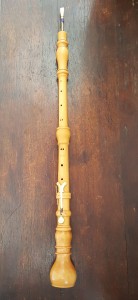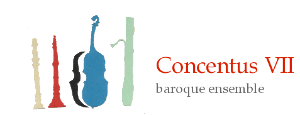 The oboe d’amore is pitched a minor third below the oboe and has a bulb bell or Liebesfuß rather than the flared bell of the oboe. It is an instrument of the German high baroque. Christoph Graupner seems to have been the first composer to have specifically referred to the instrument: it features alongside the viola d’amore in his aria Gott wolle unserer David schützen from the cantata Herr unser Gott of 1717.
The oboe d’amore is pitched a minor third below the oboe and has a bulb bell or Liebesfuß rather than the flared bell of the oboe. It is an instrument of the German high baroque. Christoph Graupner seems to have been the first composer to have specifically referred to the instrument: it features alongside the viola d’amore in his aria Gott wolle unserer David schützen from the cantata Herr unser Gott of 1717.
Although Telemann, Graupner, and the Grauns all wrote for the oboe d’amore, it is the choral works of J. S. Bach which account for the largest share of the surviving repertory. From the mid-century on, the instrument gradually fell into disuse, and was only revived—for the purposes of performing Bach’s newly-fashionable music—in the nineteenth century.
The pastoral associations of the oboe d’amore, which are emphasised in the Telemann concerto included in our programme Beyond the Court, find echoes in twentieth-century pieces such as Holst’s Somerset Rhapsody and, most famously, in the opening solo of Ravel’s Bolero.
© B Paul
